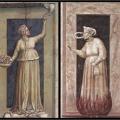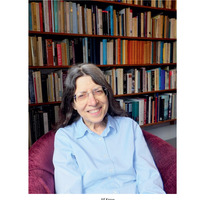332. Jill Kraye on Humanism
Posted on
Jill Kraye returns to the podcast to discuss the nature of humanism, its relation to scholasticism, and its legacy.
Themes:
Further Reading
• J. Kraye, "The Philosophy of the Italian Renaissance," in G.H.R. Parkinson (ed.), The Renaissance and Seventeenth-Century Rationalism (London: 1993), 1-64.
• J. Kraye (ed.), Cambridge Translations of Renaissance Philosophical Texts, 2 vols (Cambridge: 1997).
• J. Kraye (ed.), The Cambridge companion to Renaissance Humanism (Cambridge: 1996).
• J. Kraye, Classical Traditions in Renaissance Philosophy (Aldershot: 2002).







Comments
Add new comment